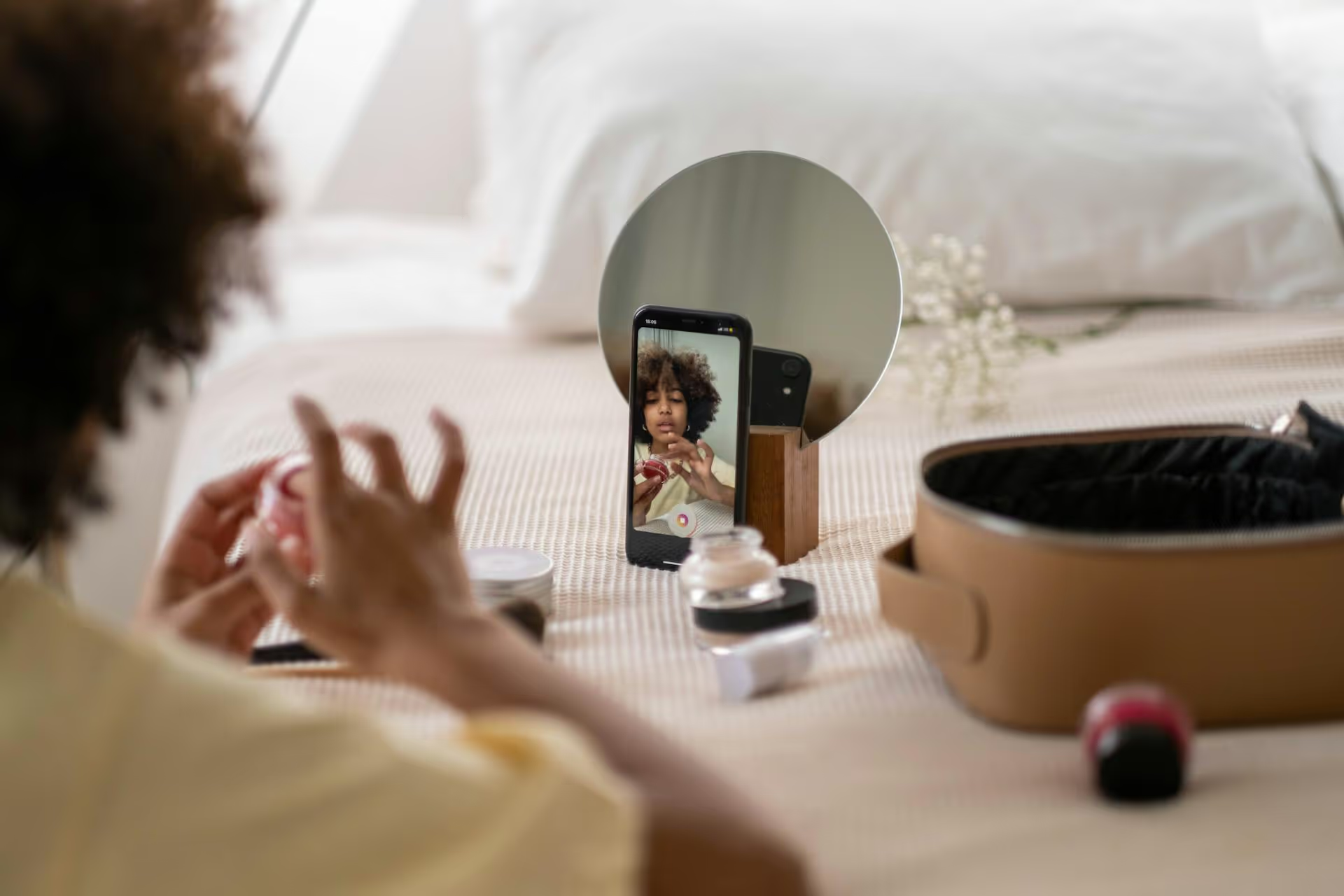How to Add Social Media Icons to an Email Signature
Enhance your email signature by adding social media icons. Discover step-by-step instructions to turn every email into a powerful marketing tool.

That blue checkmark next to a name on Facebook isn’t just for A-list celebrities and global brands anymore. For creators, entrepreneurs, and public figures, it’s a powerful signal of credibility and authenticity. This guide cuts through the confusion and provides a clear, step-by-step roadmap to applying for Facebook verification and, most importantly, increasing your chances of getting approved.
Before you even think about applying, it’s important to understand what that verification badge represents. It’s not a status symbol or an endorsement from Meta. It’s simply a mark of authenticity. Facebook awards it to pages and profiles that it has confirmed are the genuine presence of the public figure or brand they claim to be.
To get that badge, you have to meet Meta's strict criteria, which fall into four main categories:
Submitting the application is the easy part. The real work happens beforehand. Going through this checklist won't just increase your odds of getting verified, it will also make your social media presence stronger overall.
Imagine you're the Facebook employee reviewing your application. Does your account look professional and legitimate at first glance? If not, start there.
Notability is the most subjective - and most important - part of the verification puzzle. Facebook’s team essentially Googles you to see if the wider world considers you noteworthy. Your job is to give them something great to find. "Notability" isn’t about follower count, it’s about public recognition and credibility from reputable, third-party sources. Paid content or anything labeled as "sponsored" does not count.
Here are some ways to build your case:
Lastly, do some housekeeping to present the cleanest possible case for verification.
Once you’ve put in the work to make your account as strong as possible, you’re ready to fill out the form. The application itself is surprisingly straightforward.
The easiest way to find the application is to go to the Meta Help Center and search for "Request a verified badge on Facebook." This will lead you to a page with a link to the form. Don't trust third-party services that claim they can get you verified for a fee, the only way to apply is through this official channel.
The form will first ask what you're trying to verify (a profile or a page) and require you to prove your identity.
This is where your prep work pays off. You'll be asked to provide information that demonstrates you meet the "notable" criteria.
Take a deep breath and hit submit. Facebook will review your application and send you a notification with their decision, typically within a few days to a few weeks. The timeline can vary, so be patient.
Getting rejected is common - especially on the first try. Don't take it personally. A rejection isn't a "no forever," but a "not right now." More often than not, it comes down to a lack of perceived notability.
Here’s the game plan:
The key is to treat the verification process not as a simple one-time application, but as a goal that reflects the overall growth and authority of your brand online.
Getting verified on Facebook is an achievable goal, but it’s a marathon, not a sprint. The process is less about filling out a form and more about methodically building a public presence that is undeniably authentic and notable. Focus on creating value, earning media attention, and building your brand both on and off the platform, and the blue badge will eventually follow.
Building that kind of well-regarded, professional online presence needed for verification requires consistency above all else. Daily posting, engaging with your audience, and managing a content calendar across multiple platforms can feel like a full-time job in itself. Having been in those trenches, we designed Postbase to make that consistency feel effortless. Its clean, visual calendar helps you plan ahead and spot gaps in your content, while the reliable scheduling hands you back the time to focus on creating content that truly gets you noticed.
Enhance your email signature by adding social media icons. Discover step-by-step instructions to turn every email into a powerful marketing tool.
Learn how to add your Etsy link to Pinterest and drive traffic to your shop. Discover strategies to create converting pins and turn browsers into customers.
Grant access to your Facebook Business Manager securely. Follow our step-by-step guide to add users and assign permissions without sharing your password.
Record clear audio for Instagram Reels with this guide. Learn actionable steps to create professional-sounding audio, using just your phone or upgraded gear.
Add translations to Instagram posts and connect globally. Learn manual techniques and discover Instagram's automatic translation features in this guide.
Optimize your Facebook Business Page for growth and sales with strategic tweaks. Learn to engage your community, create captivating content, and refine strategies.
Wrestling with social media? It doesn’t have to be this hard. Plan your content, schedule posts, respond to comments, and analyze performance — all in one simple, easy-to-use tool.